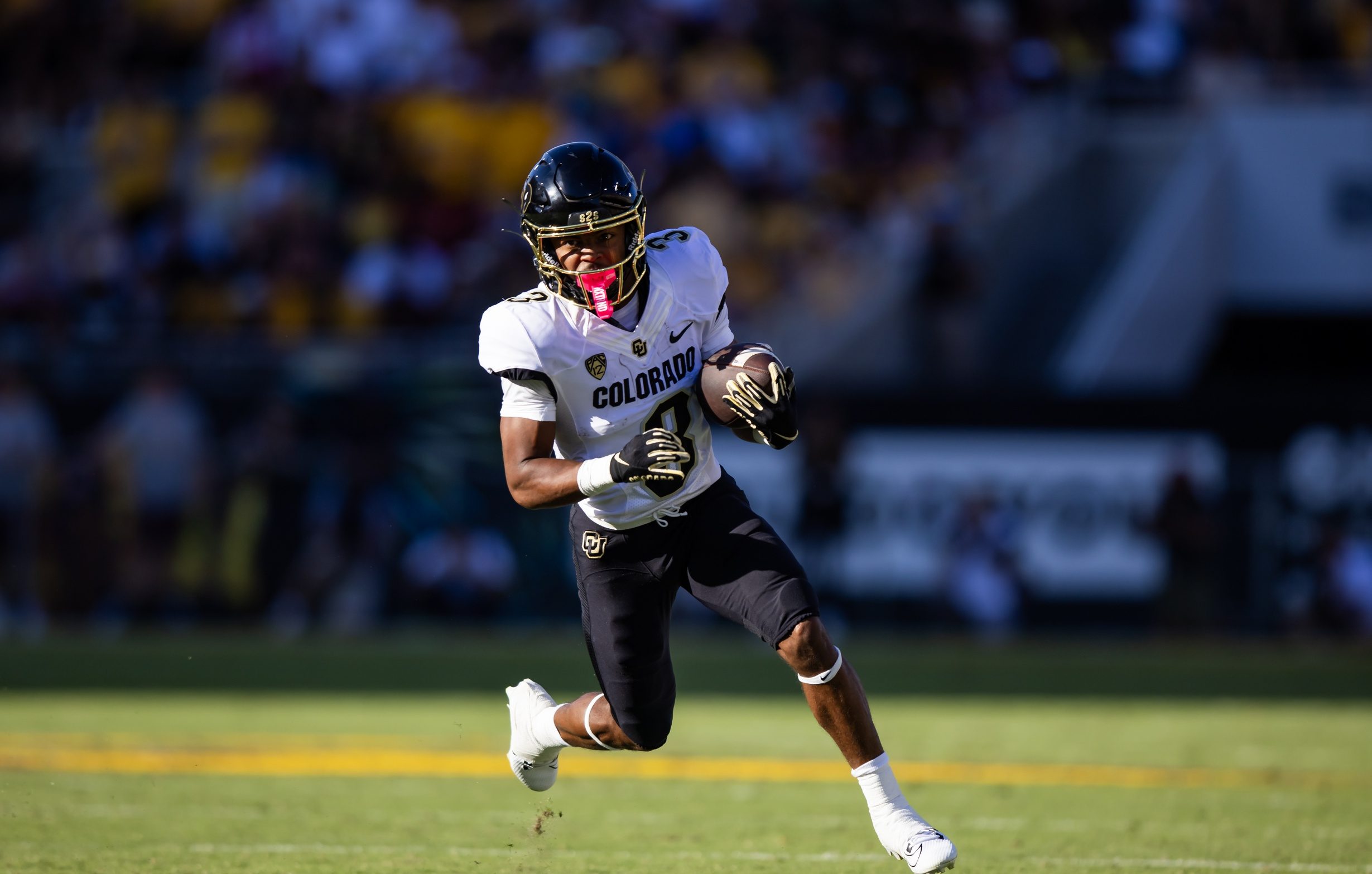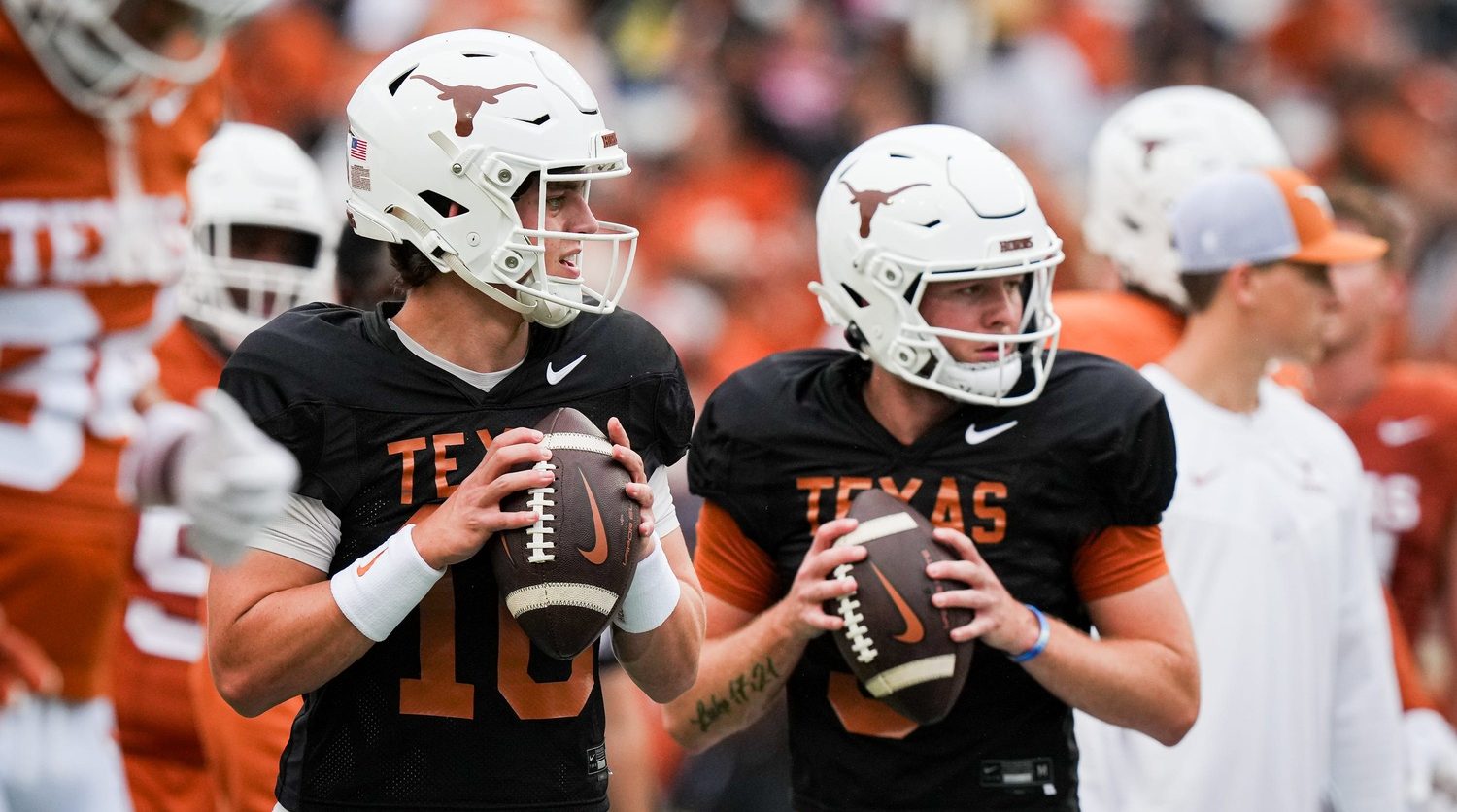It could be argued that no current NBA roster is built around one single player like the Houston Rockets are with James Harden. Harden led the NBA last season in minutes played, attempted field goals and free throws (both made and attempted) and will now have the Rockets’ roster even more overtly geared toward his uniquely gifted skill-set under new head coach Mike D’Antoni.
The big question around Houston, though, is how this roster renovation will improve the Rockets from last season, when it atrophied from 2014-15 conference finalist to a .500 record, the West’s No.8 seed and a feeble first-round loss to Golden State.
The biggest difference in this Rockets team will be Dwight Howard’s free agent departure to Atlanta. Last season, Howard posted his lowest scoring average and PER (Player Efficiency Rating) since his rookie year in just over 32 minutes per game. There were questions about how well Howard and Harden got along in the locker room, and there are no doubts that this is now Harden’s team based on the offseason moves made by general manager Daryl Morey and his staff, most notably Harden’s new four-year, $118 million mega-max contract extension.
Eric Gordon from the logo 😳😯#Pelicans
(Shared via @clippittv) pic.twitter.com/KAqFw1zS7q
— NBA On Def Pen (@NBAOnDefPen) March 4, 2016
Morey’s two biggest moves were signing shooters to surround Harden with, bringing over both Eric Gordon and Ryan Anderson from New Orleans. A whopping 37 percent of Houston’s field goal attempts were threes last season — Golden State was second, with 35.9 percent of its shots coming from beyond the arc, per NBA.com — and Gordon (38.4 percent from three) and Anderson (36.6) will help a lot in that department after the Rockets finished 20th in 3-point field goal percentage.
Not only did the Rockets finish 20th in percentage, it missed hundreds and hundreds of open and wide open looks. Not all 3-pointers are created equal. Obviously a wide-open three is a much better shot attempt than one with a defender draped over a shooter with a hand in his face. The following chart illustrates how Houston fared on threes based on how close the nearest defender was on those attempts. (Data from NBA.com)
| 2015-2016 Rockets | % of shots | League Rank | Total Shots | FG % |
| Very Tight (0-2 Feet) | 0.6 | 7 | 40 | 30 |
| Tight (2-4 Feet) | 8.2 | 2 | 557 | 32.3 |
| Open (4-6 Feet) | 14.9 | 1 | 1016 | 33.6 |
| Wide Open (6+ Feet) | 13.4 | 4 | 914 | 37.3 |
Only the Lakers attempted more tightly-contested treys than the Rockets last season, and that number needs to get a lot better in 2016. (Golden State made just six fewer tightly-contested threes on 93 fewer attempts.) But the real problem for the Rockets was its percentages on open looks.
Houston took the most open threes in the NBA, which is great, but it finished 25th in field goal percentage on those attempts. Similarly, Houston took the fourth-most wide open triples, but finished 22nd in percentage.
Other than returners Harden, Patrick Beverley and Trevor Ariza, all of last year’s Rockets who remain on the 2016-17 roster had disappointing shooting seasons. Among players who attempted at least 200 threes last season, only Boston’s Marcus Smart had a lower field goal percentage than Corey Brewer’s abysmal 26.5. If Donatas Motiejunas — still a restricted free agent — returns and stays healthy, that’s another returner who can consistently shoot it from deep despite last year’s forgettable and injury-ravaged season.
There’s even been talk of Harden starting out the season as the starting point guard, or at least the team’s primary ball-handler. Harden will likely be neck-and-neck with Russell Westbrook for the league’s usage rating crown after finishing third last season. In Phoenix, D’Antoni had a lead ball-handler win two consecutive MVP awards in Steve Nash, and combining D’Antoni’s offensive wizardry and creativity with what Harden can do offensively is a really exciting and intriguing combination.
This was James Harden's fault .. Fell asleep on defense and didn't show when Lillard came off the screens pic.twitter.com/roQ1gQhLAW
— Nubveli (@YoNuby) July 15, 2016
The problem for most D’Antoni teams, and especially these Rockets? Defense, of course.
Houston allowed 106.4 points per game last season, 25th in the league, while finishing 21st in defensive rating under Kevin McHale and J.B. Bickerstaff. The offense only fractionally outperformed the defense, which led to a 41-41 record in a demanding conference that punishes mediocrity.
The good news is that the players replacing Howard down low, returner Clint Capela and Nene — who came over from Washington — outperformed DH12 on defense last season, according to ESPN’s Real Plus Minus (RPM) system. That should improve Houston’s 24th-ranked defensive field goal percentage on shots taken inside the restricted area. Howard’s defensive RPM ranked 33rd among 71 eligible centers last season, while Nene placed 11th and Capela ranked an elite sixth among 94 eligible power forwards.
Gordon missed 37 games last season with the Pelicans, but ESPN RPM ranked him 41st among 92 eligible shooting guards — Harden was 48th, Brewer 20th — despite a poor 113 defensive rating. Anderson, on the other hand, placed 87th out of 94 eligible power forwards in DRPM, and both he and Gordon will get a ton of playing time next season if healthy.
As I said as a guest last week on the Locked On Rockets podcast, embedded below, Houston may have to score “at ABA levels” to improve on what it did last season.
Houston did well to further reconfigure its roster around Harden, but if the Rockets were a stock, I’d hold rather than buy or sell. D’Antoni’s offense is going to be really fun to watch, a likely League Pass favorite. But the continuing uncertainty around the team’s defense is likely going to prevent it from making a significant improvement over last season’s disappointing results.






